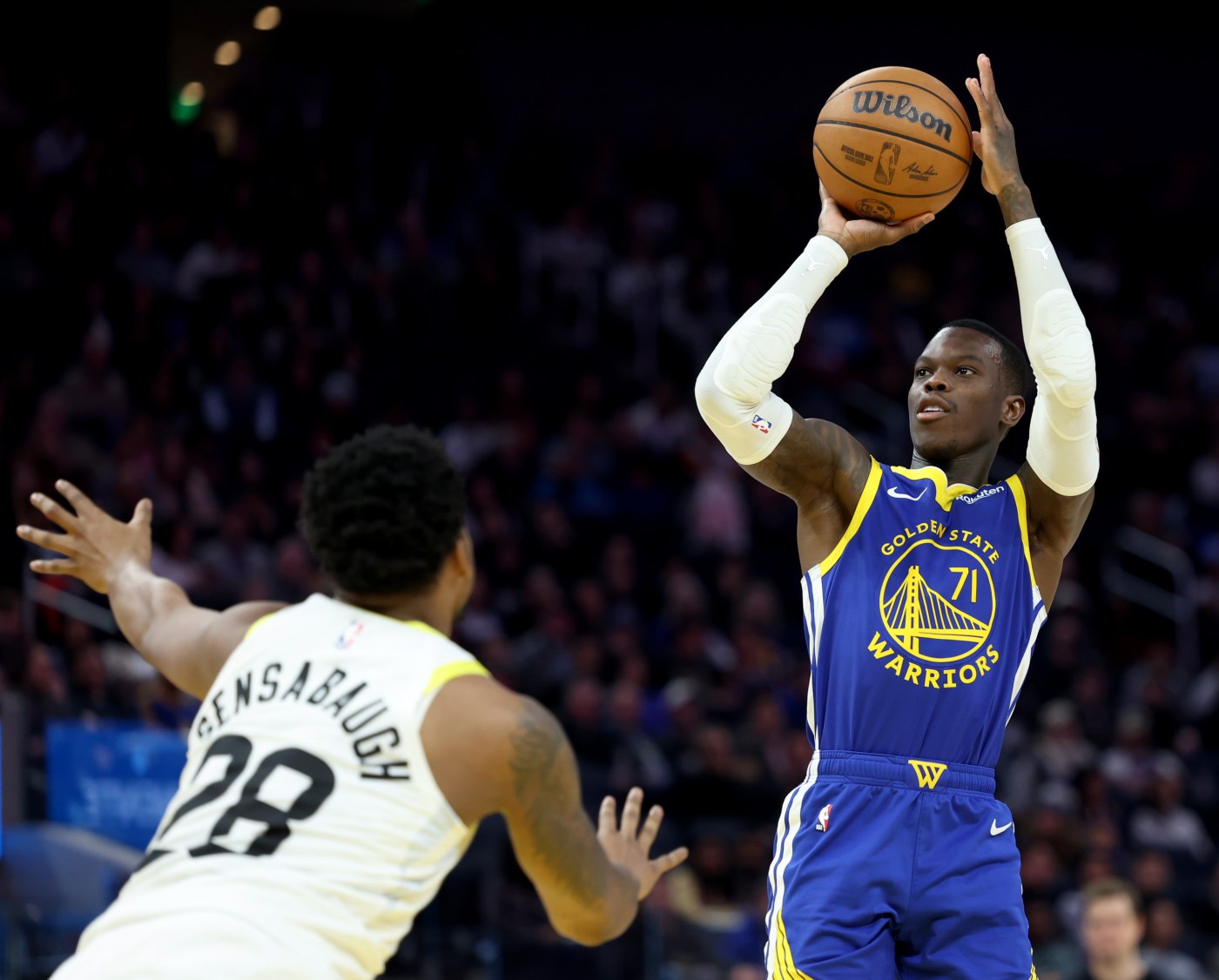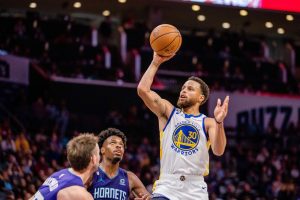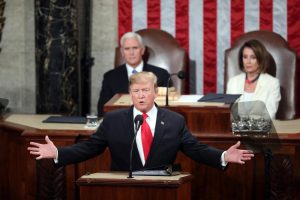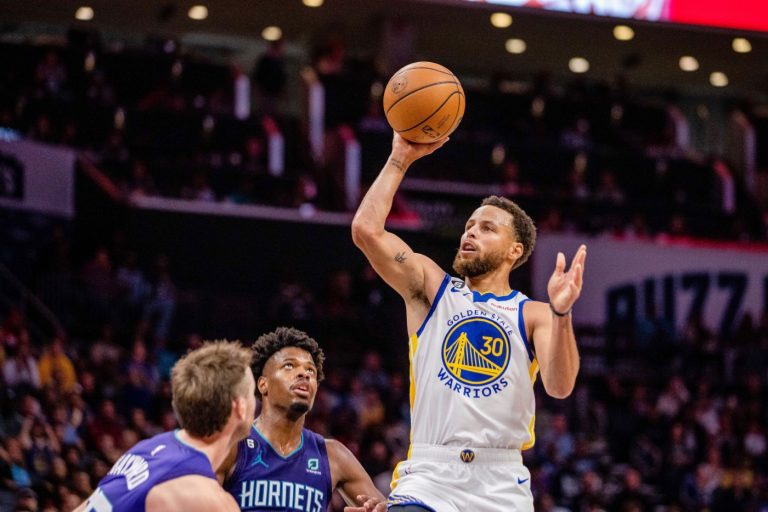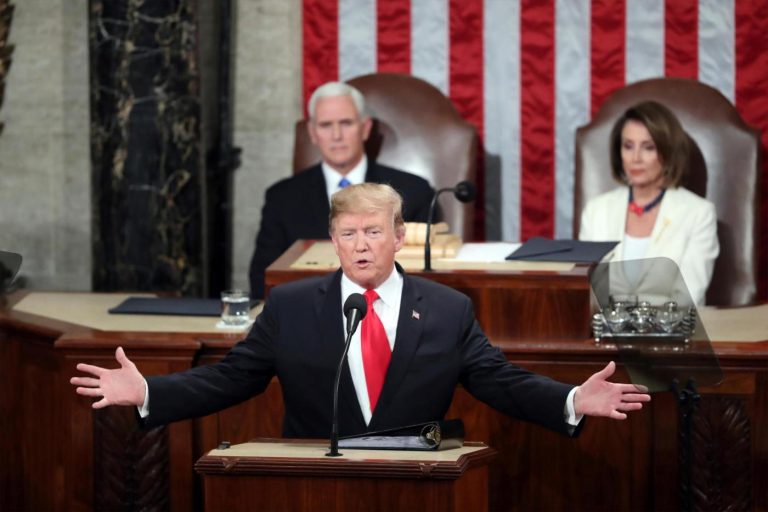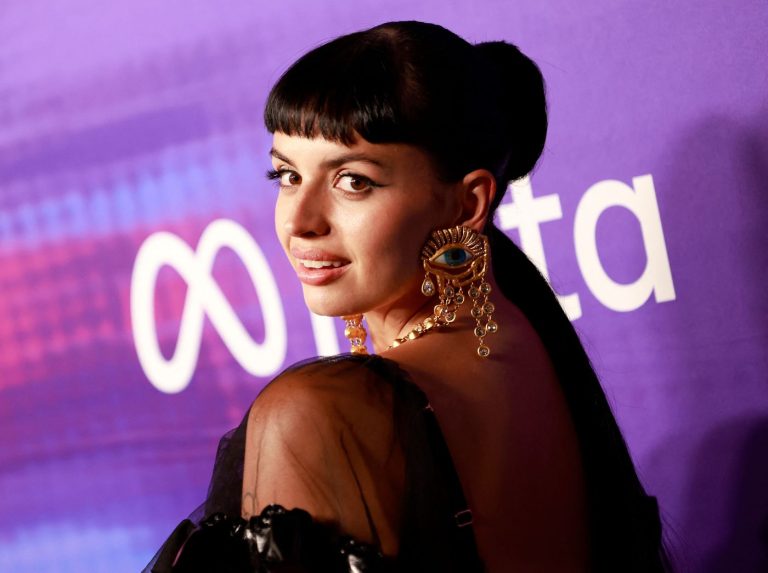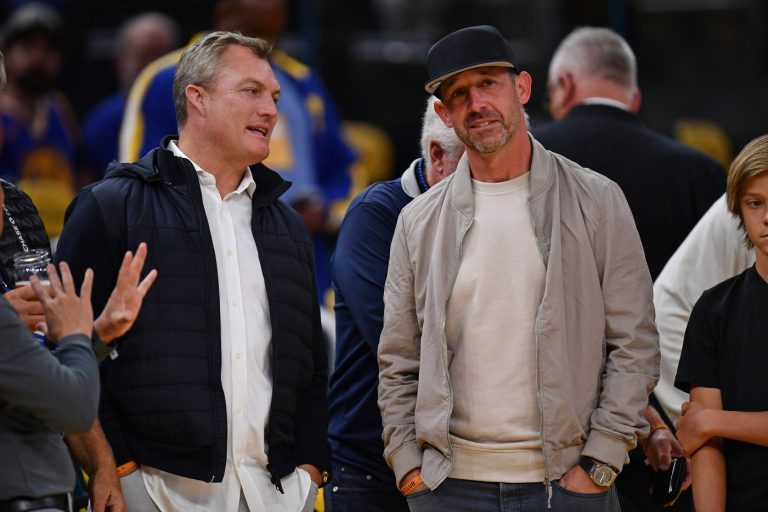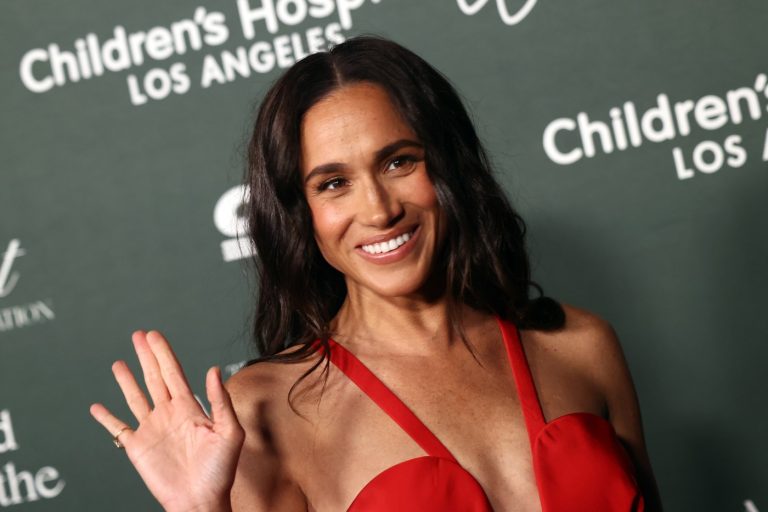Less than a week separates the Warriors’ Friday night primetime game against the Suns and the Feb. 6 trade deadline.
A win over Phoenix would be Golden State’s third straight after a stunner over Oklahoma City. But any momentum gained in the waning moments before gut-check time shouldn’t mask reality.
The Warriors (24-23) have played like a lottery team for the majority of the season. After a 12-3 start to the year Steve Kerr insists wasn’t a “mirage,” the Warriors have made that stretch look like just that. Since Nov. 23, the Warriors are 12-20 with the league’s 24th-ranked offense and 22nd-ranked defense.
During that stretch, the team has had crises of confidence, key injuries and existential conversations. Three major stakeholders of the franchise — Steph Curry, Draymond Green and Kerr — publicly warned against making a reckless trade that would harm the organization down the line.
The Warriors want to improve, though. Bottoming out isn’t an option when Curry is healthy and still playing at an All-Star level. And in a bundled Western Conference, Golden State is just three games out of a true playoff spot.
Here’s one last look at what the Warriors have in their arsenal to trade before the transactions start flying.
Draft capital
The Warriors have their own first-round pick in every draft between 2025 and 2031. Because of NBA rules, they can only trade them in alternating years.
According to The Athletic, the Warriors have warmed up to the idea of trading this year’s first while protecting it.
Golden State also could have two second-rounders this year depending on where the Heat finish (their second-rounder heads to the Warriors if it lands after No. 37), plus seconds in 2030 and 2031 to trade.
Given Curry is 36 years old and won’t play forever, the Warriors’ future picks are considered valuable around the league as teams can bet on their downfall in the post-Curry era.
Expiring contracts
The Warriors have three rotation players on expiring deals: Gary Payton II ($9.1 million), Dennis Schroder ($13 million) and Kevon Looney ($8 million).
Payton and Looney in particular are probably more valuable to the Warriors than they’d be for another team. Both champions with Golden State, they’ve each helped shape the team’s culture. Payton, when healthy, is a natural fit with Curry as a diver and on-ball defender. Looney is the club’s moral compass and an impactful rebounder and defender.
Schroder hasn’t repeated the volume scoring he showed in Brooklyn before the Warriors traded for him, but has come on stronger lately. The team has been impressed by his dogged perimeter defense against opposing point guards. It’s easy to imagine a contender — especially one that runs a more traditional spread pick-and-roll offense — wanting to bring him in as a backup point guard.
Oklahoma City Thunder’s Jalen Williams #8 is double-teamed by Golden State Warriors’ Kevon Looney #5 and Gary Payton II #0 as he puts up a shot in the second quarter of their NBA game at the Chase Center in San Francisco, Calif., on Wednesday, Jan. 29, 2025. (Jane Tyska/Bay Area News Group)
Productive players
The Warriors started the season playing a 12- and 13-man rotation because their roster has a surplus of NBA-caliber players. There isn’t much dead weight on the team, but rather a heaping of average or slightly above-average options.
Kyle Anderson, for instance, is on a fair three-year, $27 million contract and has dipped in and out of Kerr’s rotation. He’s been at his best as a small-ball five, but there aren’t minutes open to him in that role when the team’s fully healthy.
Buddy Hield is on a practically identical deal. The Warriors like him as a floor-spacer, but he has shot 30.3% from 3 since December. Moses Moody can also be traded, as the frontcourt logjam has kept him in the rotational purgatory he’s experienced his entire career.
Perhaps Golden State’s best trade asset is Jonathan Kuminga, though any team trading for him would have to make a decision on whether — and for how much — to extend him in the summer. He’s still just 22 years old and turned the corner before his sprained ankle.
Andrew Wiggins has been one of the league’s best 3-and-D players this season. He’s averaging 17.4 points per game on 38.7% shooting from behind the arc while defending opponents’ best perimeter player every night. Because he makes $26 million, any major trade for a player like Zach LaVine or Jimmy Butler would probably have to include him.
Cap situation
Related Articles
Ready for a rebound: How these once-successful Bay Area teams could bounce back
Warriors celebrate big win over Thunder by drenching Steve Kerr
The Warriors’ biggest win of the season adds just a bit more confusion before the trade deadline
Warriors shock Thunder despite Shai Gilgeous-Alexander’s 52 points
Quinten Post joining Warriors’ starting lineup vs. Thunder
The Warriors are permitted to aggregate contracts in a trade but they must create almost an exact salary match to execute a deal.
With just over $176 million in salary this season, Golden State is $1.3 million below the first salary cap apron, according to Salary Swish. The Warriors are hard-capped at the first apron mark, meaning they can’t exceed it.
They are also $5.9 million past the luxury tax threshold. Owner Joe Lacob has consistently paid luxury tax penalties for years as the Warriors contend for championships. But teams on the fringes of the playoff picture typically prefer not to pay extra for a slim chance at meaningful basketball in late April and beyond.
